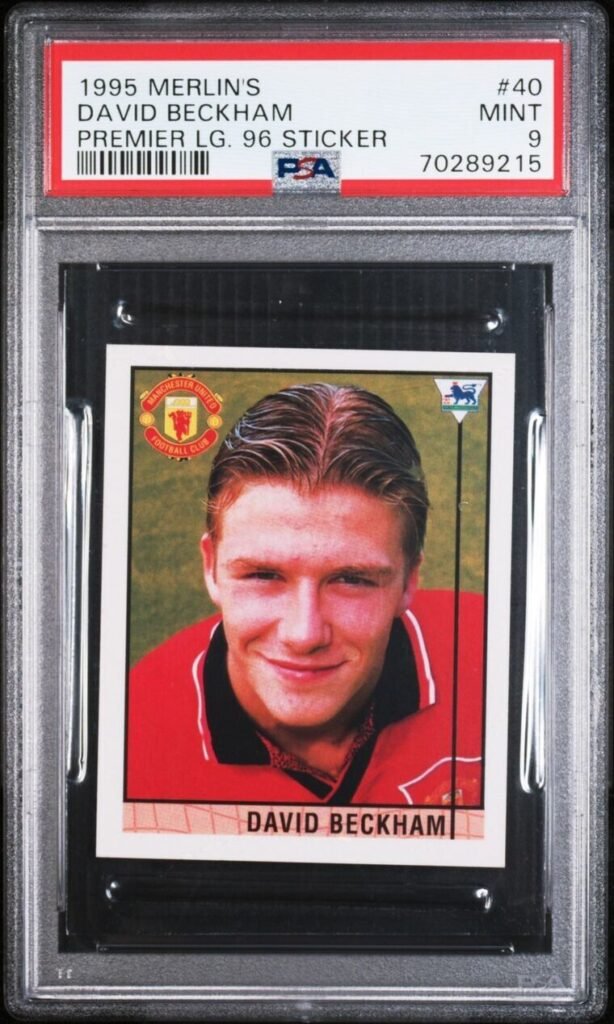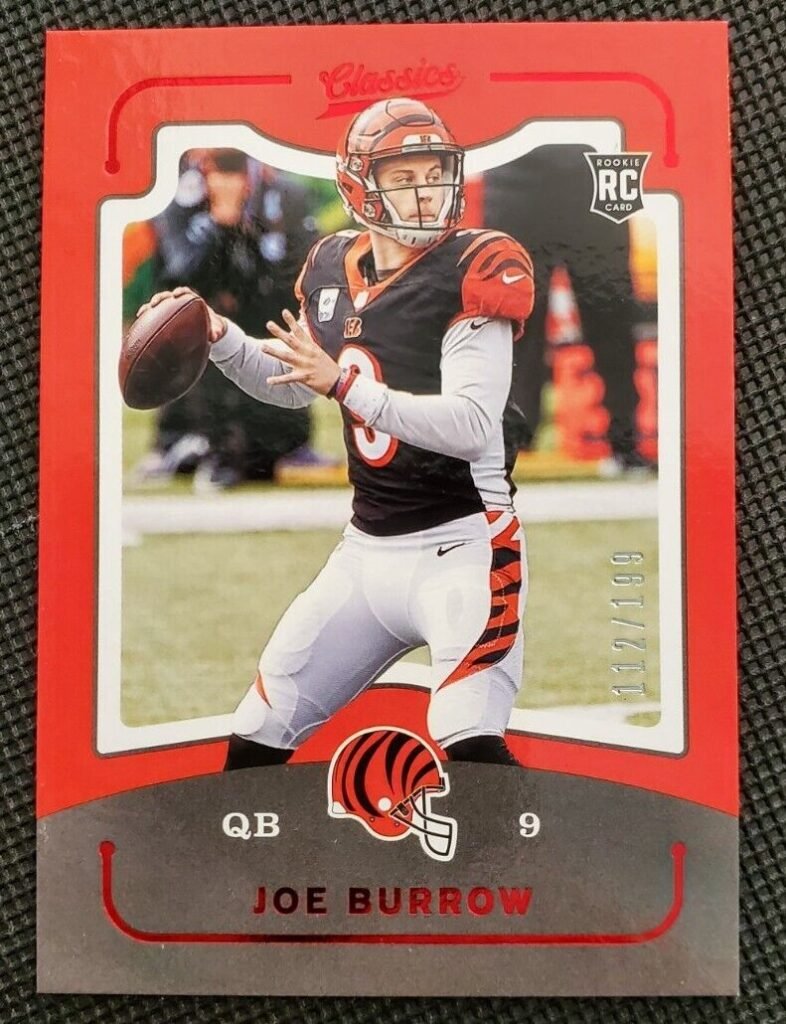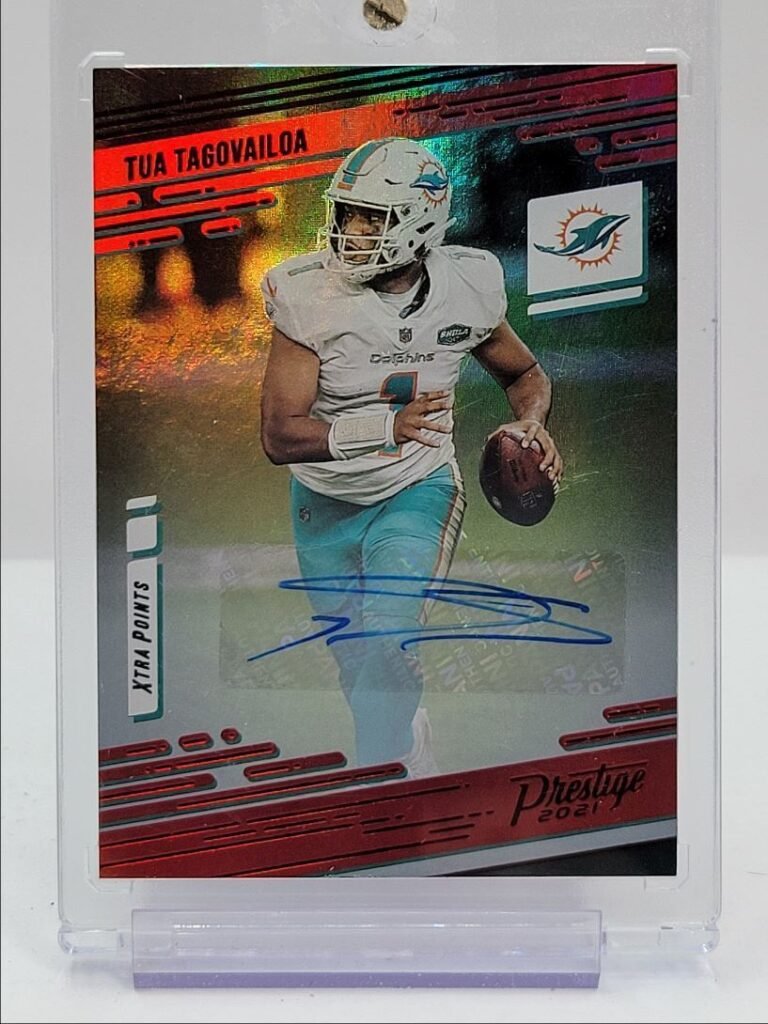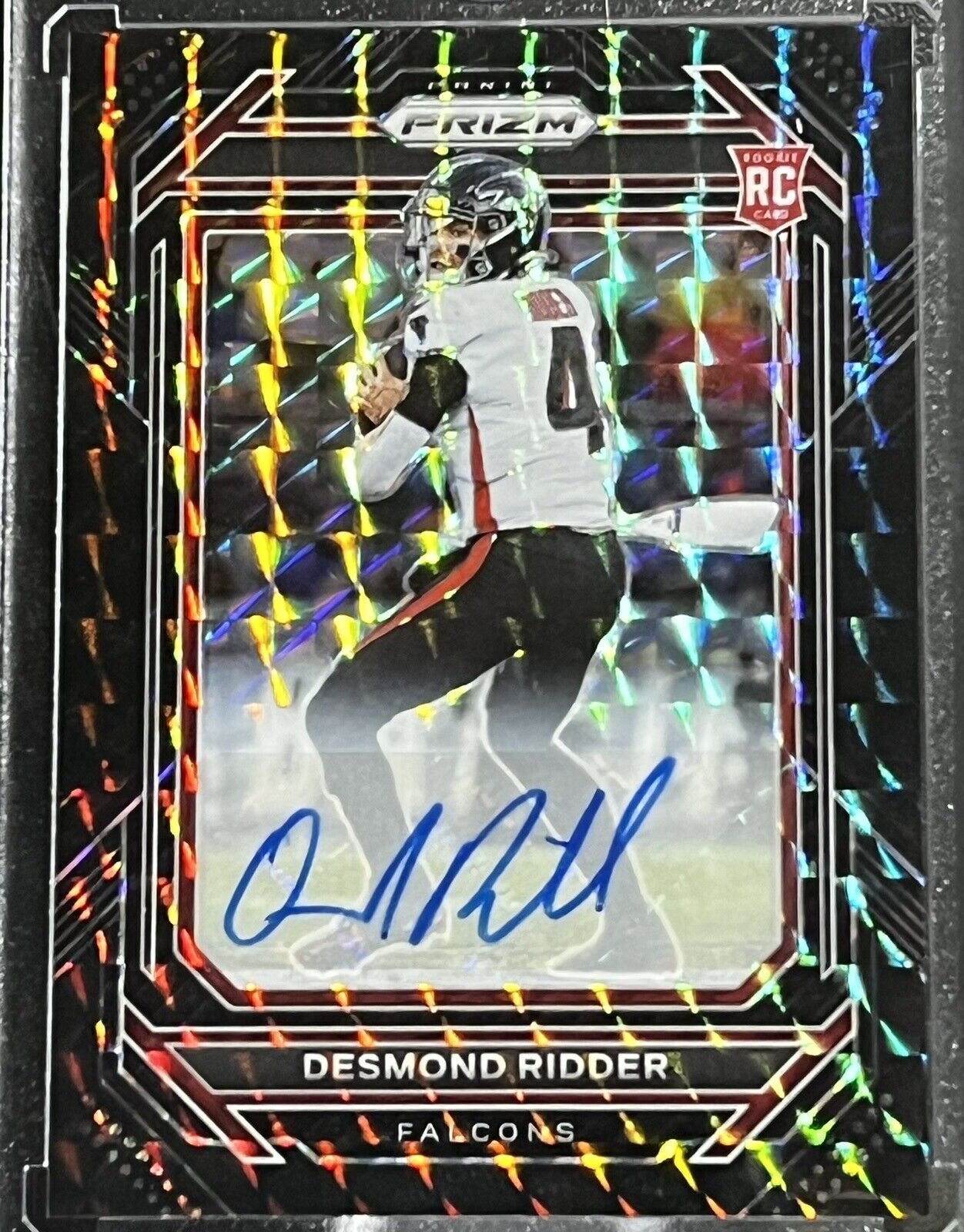Have you ever wondered about the rarity of grading cards? Well, in this article, we will explore the fascinating world of grading card rarity, providing insights and explanations on why certain cards are considered rare and valuable. From the criteria used to grade cards to the impact of scarcity on their value, get ready to uncover the secrets behind the elusive world of grading card rarity.
The Importance of Grading Cards
When it comes to collecting trading cards, grading plays a crucial role in determining their overall value and authenticity. Grading cards not only boosts their value but also ensures that they are genuine and in the best possible condition. Whether you are a serious collector or simply someone who appreciates the art of card collecting, understanding the importance of grading cards is essential.
Boosts Value
One of the key reasons why grading cards is so important is because it significantly increases their value. By having your cards professionally graded, you are giving potential buyers confidence in their purchase. Graded cards are generally considered to be more valuable and desirable than ungraded ones. Collectors are willing to pay a premium for graded cards because they can trust that they are getting a card in the condition described by the grading company.
Grading companies use a scale to assign a grade to a card, with Gem Mint being the highest grade achievable. A higher grade generally translates into a higher value for the card. This is especially true for rare or highly sought-after cards. So, if you want to maximize the value of your card collection, having them graded is a must.
Ensures Authenticity
Another significant reason why grading cards is important is that it ensures their authenticity. With the rise of counterfeit cards in the market, it has become increasingly important to have a trusted authentication process in place. Grading companies have stringent procedures for verifying the authenticity of cards, including meticulous examination of printing methods, ink, and other unique characteristics.
When you purchase a graded card, you can be confident that it is authentic and not a replica. Even if you are not looking to sell your cards, having them authenticated through grading provides peace of mind and protects your investment. Graded cards come encapsulated in a tamper-proof case that not only preserves their condition but also proves their authenticity over time.
Factors that Influence Card Rarity
The rarity of a card is a significant factor affecting its value in the collectibles market. Several elements contribute to the rarity of trading cards, which collectors consider when evaluating their desirability and worth.
Limited Edition Releases
One of the primary factors that influence card rarity is the concept of limited edition releases. Card manufacturers often produce a limited number of cards or sets to create scarcity and increase their market value. These limited edition releases can include special inserts, autographed cards, or cards featuring specific players or events. Collectors are drawn to these rare cards, as obtaining them becomes more challenging due to their limited availability.
Player Performance


The performance of a player also has a significant impact on the rarity of their trading cards. For example, if a player has an outstanding season, wins awards, or achieves historically significant milestones, the demand for their cards tends to skyrocket. As a result, the rarity of these cards increases, and their value reflects the player’s achievements on the field.
Historical Significance
Another factor that adds to the rarity of trading cards is their historical significance. Cards from iconic moments in sports history or featuring legendary athletes who have left a lasting impact on their respective sports tend to be highly sought after. These cards become valuable not only for their scarcity but also for the sentimental and historical value they hold. Collectors find immense pride in owning cards that commemorate important milestones or capture the essence of a particular era.
The Grading Process
To ensure consistency and accuracy in assessing the condition and authenticity of trading cards, grading companies follow a standardized grading process. This process involves multiple steps, including authentication, condition evaluation, and encapsulation.
Authentication
The first step in the grading process is authentication. Grading companies have experts who meticulously examine the card to verify its authenticity. They carefully inspect the card for any signs of tampering, counterfeiting, or alterations. This process ensures that only genuine cards make their way into the grading system.
Condition Evaluation
After authentication, the grading company assesses the overall condition of the card. They examine factors such as corners, edges, surface, and centering to determine the card’s grade. Any imperfections or damage can significantly affect the grade assigned to a card, as higher grades are reserved for cards in pristine condition.
Encapsulation
Once the card has been authenticated and graded, it is encapsulated in a tamper-proof case. This case not only protects the card from further damage but also provides a transparent and secure way to display and store the card. The encapsulation process ensures that the card’s condition is preserved, while also certifying its authenticity for future buyers.
The Grading Scale
Grading companies use a standardized grading scale to evaluate the condition of trading cards. Each company has its own specific criteria, but there are generally five main grades used across the industry.
Gem Mint
Gem Mint is the highest grade a card can receive. Cards in this grade are virtually flawless, with no visible imperfections. They have sharp corners, clean edges, smooth surfaces, and perfect centering.
Mint
Mint is the second-highest grade and represents cards that are in near-perfect condition. Mint cards may have minor imperfections that are only visible upon close inspection, such as slight corner wear or minor printing defects.
Near Mint
Near Mint cards are also highly desirable and show minimal signs of wear. They may have slightly rounded corners, minor edge wear, or slight surface imperfections. Overall, these cards maintain a high level of aesthetic appeal.
Excellent
Excellent cards show more noticeable signs of wear but are still considered to be in good condition. They may have moderate corner wear, some creasing, or minor surface scratches. Despite these imperfections, Excellent cards are still sought after and can be valuable depending on their rarity.
Very Good
Very Good cards exhibit significant wear and may have substantial creases, corner rounding, or noticeable surface damage. While they may not be as visually appealing as higher-grade cards, very good-condition cards can still have value, particularly if they are rare or have historical significance.
The Role of Popularity in Rarity
Popularity plays a crucial role in determining the rarity of trading cards. The demand for certain cards is directly influenced by factors such as fan demand, historical significance, and player popularity.
Fan Demand
Fan demand is a significant driver of card rarity. Cards featuring popular teams, iconic moments, or fan-favorite players tend to be in high demand. The more collectors desire a particular card, the rarer it becomes as they compete to acquire it. Fan demand can create a scarcity in the market, driving up the value of these sought-after cards.
Historical Significance
Cards that have historical significance also tend to be rare and highly valued. These cards capture iconic moments, achievements, or milestones in the world of sports. For example, a trading card commemorating a record-breaking performance or a championship win becomes even more valuable as time goes on. The historical significance of these cards makes them highly sought after by collectors.
Player Popularity


The popularity of a player can greatly influence the rarity of their trading cards. Players who are widely regarded as icons or have a dedicated fan base tend to have more valuable cards. The demand for cards featuring these popular players drives up their rarity, as collectors strive to add them to their collections. The rarity and value of these cards often reflect the level of adoration and admiration fans have for the player.
The Influence of Market Trends
Market trends can significantly impact the rarity and value of trading cards. Factors such as investor interests, the sports memorabilia market, and the collectors market all play a role in shaping these trends.
Investor Interests
In recent years, trading cards have caught the attention of investors looking for alternative investment opportunities. As more investors enter the market, the demand for certain cards can skyrocket, driving up their rarity and value. The influx of investment money can create a surge in prices, making it more challenging for collectors to obtain these cards.
Sports Memorabilia Market
The sports memorabilia market as a whole can also impact the rarity of trading cards. The collectibles market is influenced by factors such as the popularity of sports, major events, or even changes in team dynamics. For example, a player’s trade to a new team or a team’s unexpected success can create a surge in demand for cards featuring those players or teams.
Collectors Market
The collectors market is a key driver of rarity in trading cards. Collectors play a significant role in defining what cards are in demand and how rare they become. The preferences and tastes of collectors, including their specific areas of interest, can have a direct influence on the rarity and desirability of certain cards. Collectors drive trends and often create a competitive environment for acquiring rare cards.
The Exceptional Rarity of Vintage Cards
Vintage cards hold a special place in the world of trading card collecting. Their exceptional rarity stems from several factors, including limited supply, historical significance, and condition concerns.
Limited Supply
Vintage cards are considered rare simply because there are fewer of them in circulation compared to modern cards. Many vintage cards were produced decades ago and have since been lost, damaged, or destroyed. This limited supply adds to their rarity and makes them highly sought after by collectors.
Historical Significance
Vintage cards often have historical significance, as they capture moments and players from a specific era in sports history. These cards represent a different time in the sporting world, and their historical and sentimental value only increases with time. The combination of scarcity and historical importance enhances the rarity of vintage cards.
Condition Concerns
Vintage cards also pose unique challenges in terms of condition. Due to their age, vintage cards are more likely to have wear and damage compared to newer cards. Finding vintage cards in excellent condition becomes increasingly difficult, further contributing to their rarity and value. Well-preserved vintage cards can command a premium due to their scarcity and the challenge of finding them in such pristine condition.
The Impact of Modern Distribution Methods
Modern distribution methods and the widespread availability of trading cards have significantly impacted their rarity in recent years.
Increased Availability
With advancements in technology and online marketplaces, trading cards have become more accessible than ever before. Card manufacturers now produce larger quantities to meet the growing demand, making certain cards less rare. Increased availability can result in lower values for these cards, as collectors can acquire them more easily.
Reduced Rarity
The increased availability of trading cards has led to a reduction in their rarity, particularly for modern cards. While certain limited edition releases or rare inserts may still retain their value, the overall rarity of modern cards has decreased compared to vintage cards. Collectors seek out vintage cards for their exceptional rarity, partly due to the reduced rarity of modern cards.
Card Rarity in Different Sports
The rarity of trading cards can vary depending on the sport they represent. While the rarity criteria and factors remain similar, the popularity of different sports and their respective markets can influence card rarity.
Baseball Cards
Baseball cards, being one of the oldest and most popular sports collectibles, can have a wide range of rarity. Cards featuring legendary players, Hall of Famers, or significant moments in baseball history tend to be highly valued and rare. The long-standing tradition of collecting baseball cards has contributed to the scarcity and desirability of certain cards.
Basketball Cards
Basketball cards have gained tremendous popularity in recent years. The sport’s global appeal and the rise of iconic players have driven the rarity of trading cards in the basketball market. Cards featuring legendary players, such as Michael Jordan or LeBron James, are highly coveted and can command significant prices due to their scarcity.
Football Cards
Football cards, particularly those featuring star quarterbacks or Super Bowl-winning teams, can be highly valuable and rare. The popularity of the sport in the United States and the intense fan following has led to a strong collectors market. Football cards that capture defining moments or feature iconic players from the gridiron become sought-after items for collectors.
Hockey Cards
Hockey cards, especially those from limited edition releases or featuring legendary players like Wayne Gretzky, are highly desired by collectors. The rarity of hockey cards may vary depending on the player’s popularity, historical significance, or the team’s success. Collectors passionate about hockey often seek out these rare cards to complete their collections.
The Role of Autographs and Relics in Rarity
Autographs and relics add another layer of rarity and desirability to trading cards. These unique features enhance the value of cards and make them even more sought after by collectors.
Signed Cards
Trading cards that feature an authentic player signature are considered highly valuable and rare. Obtaining a card signed by a popular or iconic player can be a challenge, as players often have limited signing sessions or exclusive signing agreements. The scarcity of signed cards contributes to their rarity and makes them coveted collectibles.
Game-Used Memorabilia
Cards that incorporate game-used memorabilia, such as pieces of a player’s jersey or equipment, are also rare and highly prized by collectors. These relics add a distinct element of authenticity and create a direct connection between the card and the player. The limited availability of game-used memorabilia contributes to the rarity of these cards, further increasing their value.
Limited Edition Inserts
Trading card manufacturers often create limited edition inserts that feature unique designs, materials, or combinations of autographs and relics. These special inserts are produced in limited quantities, making them highly sought after by collectors. Limited edition inserts with low print runs can quickly become scarce, driving up their rarity and value in the market.
In conclusion, grading cards is of utmost importance in the world of trading card collecting. Grading not only boosts the value of cards but also ensures their authenticity, providing peace of mind for collectors and buyers. The rarity of cards is influenced by factors such as limited edition releases, player performance, historical significance, and popularity. The grading process involves authentication, condition evaluation, and encapsulation, leading to a standardized grading scale that determines the condition of cards. Popularity, market trends, vintage rarity, modern distribution methods, and the role of autographs and relics all contribute to the overall rarity and value of trading cards. Understanding the factors that influence rarity in different sports and the impact of autographs and relics allows collectors to navigate the dynamic market and build their collections strategically. So, whether you are a seasoned collector or just starting out, recognizing the significance of grading and rarity in card collecting is essential to make informed decisions and appreciate the beauty and value of the cards you possess.

Hi there! I’m Felix Gonzalez and I am the owner of Card Collecting Insider, and I’m thrilled to welcome you to my site! With our tagline “Uncover the Art of Collecting, One Card at a Time,” I’m here to provide you with expert insights, valuable resources, and the latest trends in the world of card collecting. Whether you’re a seasoned collector or just starting out, I’m dedicated to helping you discover hidden gems and sharing insider tips to elevate your collection. So join me on this exciting journey, as I dive deep into the captivating realm of card collecting. Let’s unlock the true beauty of these collectible treasures together!

